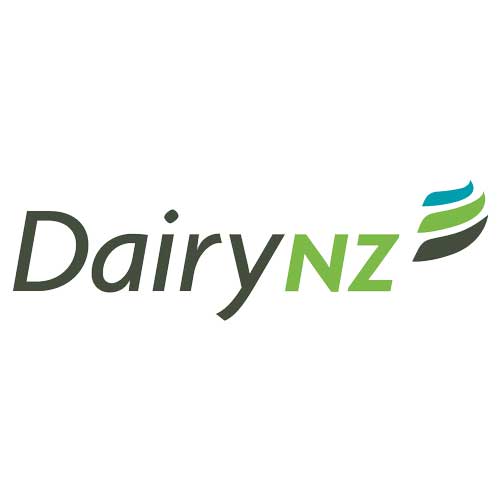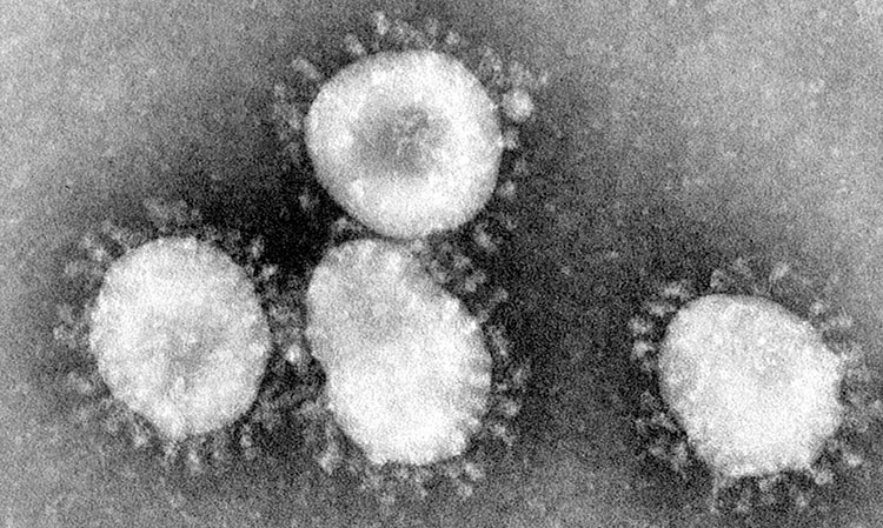Keep yourself and your employees safe around the farm during COVID-19 with the following tips for cleaning surfaces.
We know that COVID-19 can survive on some surfaces for as long as 72 hours. However regular cleaning can greatly reduce this time. Focus especially on areas that are "touched often" such as handles, rails and switches.
Remember - any cleaning products used in the farm dairy must continue to conform with existing requirements under your dairy company’s Terms and Conditions of supply.
Remember that the main route of transmission is directly from person to another, via coughing or sneezing. So, the most crucial steps to reduce spread of the coronavirus are:
What can we use to sanitise surfaces in the farm dairy?
Every farm dairy has a ready supply of detergents and chemicals that can be used to sanitise surfaces against microbes, including bacteria and viruses.
Your normal wash regime will protect your milk contact surfaces.
Note: this is our best interpretation of the information available to date. It may well change over time as more information comes to hand.
The tables below summarise different products that can be used to sanitise different surfaces. They have been split into surfaces in the FARM DAIRY, and other surfaces AROUND THE FARM.
Note: that all chemicals used in the dairy must be MPI-approved Dairy Maintenance Compounds.
* Note that some household products, and animal housing sanitisers contain compounds such as quaternary alkyl ammonium compounds (QACs) or Nonylphenol Ethoxylates (NPEs). These cannot be used on milk contact services, and therefore are not approved for use in the farm dairy.
What are some of the shared touchpoints?
Common shared touch points to consider sanitising include:
How long does coronavirus survive on different surfaces?
Some surfaces are better than others at harbouring coronaviruses. Unfortunately, it can survive well on the hard and shiny surfaces that are commonly found in the farm dairy.
In summary:
Most milk processors have requirements that Quaternary Ammonium Compounds (QACs) (e.g. benzalkonium chloride) and Nonylphenol Ethoxylates (NPEs) cannot be used on milk contact surfaces. These compounds are often found in household “spray and wipes”, surface wipes, household bleach and animal housing disinfectants, which are not approved for use in the farm dairy.
If you are unsure about a particular product, check MPI's dairy maintenance compounds register online or contact your milk processor/factory field representative.



 The WVA created World Veterinary Day in 2000 as an annual celebration of the veterinary profession, taking place on the last Saturday of April. Starting last year, the WVA has partnered with Health for Animals, the global animal medicines association, on the World Veterinary Day Award, which honors one WVA member’s activities related to the theme.
The WVA created World Veterinary Day in 2000 as an annual celebration of the veterinary profession, taking place on the last Saturday of April. Starting last year, the WVA has partnered with Health for Animals, the global animal medicines association, on the World Veterinary Day Award, which honors one WVA member’s activities related to the theme.

